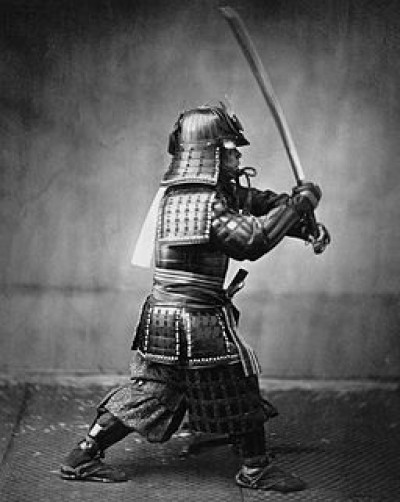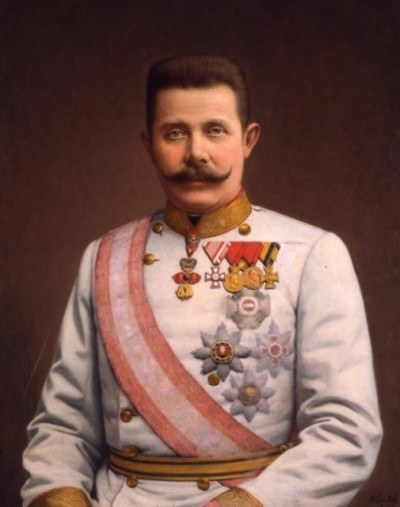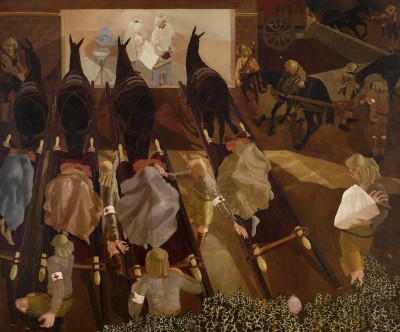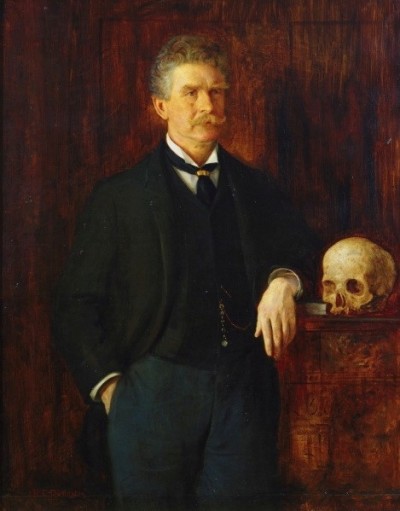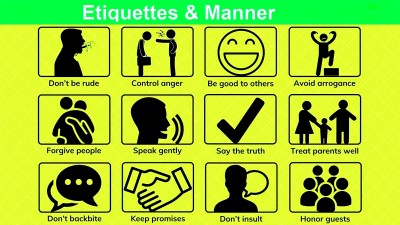Course description
The History of the Samurai

Over the course of their long history, the samurai had many roles: they were traditionally warriors but also made important contributions to the Japanese arts of ceramics, poetry, calligraphy and flower arranging as well as developing the tea ceremony; they were civil servants for centuries; they used the sword as a weapon and a symbol; and they both resisted western influence and championed it.
The philosophy of bushido is central to Japanese identity even today and has become a defining feature of the history and mythology of the samurai. Along with the much misunderstood geisha, the samurai are, in many ways, how the rest of the world thinks of Japan.
What, then, are the samurai? How did they begin and evolve? Even though they were abolished a hundred and fifty years ago, how much influence do they still have on how the Japanese are seen today?
It is difficult to pinpoint exactly when the samurai came into existence. We know that they are mentioned for the first time in writing in poetry written between 905 and 914. Yet, it seems clear that they were already well-developed by this time and, probably, started out as a recognisable group around 400.

Accustomed as most of us are to seeing Japan as an economic tiger, it might be useful to remind ourselves that the country was a late developer and, in the first millennium, borrowed heavily from Imperial China in building its own society and infrastructure. This was especially true of its administrative systems and the development of a warrior class in the countryside, answerable to the centrally located aristocracy.
Certainly from the eighth century, power moved from the capital to rural areas, especially where merchants and wealthier farmers felt the need for protection. As the Emperor became weaker, more and more authority flowed to individuals and clans that could exercise it in the countryside.
The samurai played a major role in settling property disputes and, in modern terminology, operated a sort of protection racket where villages bought military power whether they wanted it or not. Two groups in particular became very powerful at this time: the Minamoto and the Taira. They had grown larger and stronger as the years had passed, not least because they acted as depositories for the ever-increasing number of younger sons born into the samurai caste who had no inheritance.

Eventually, in the mid- and late-twelfth century, the continual fighting between the rival clans led to a showdown. Although there were ups and downs for both, the Minamoto triumphed in 1185 and their leader, Yoritomo, called himself ‘shogun’ (or general) of the whole country. Now was the time when the samurai developed a more complex identity than being just warriors. Yoritomo, in particular, championed old art forms and encouraged their development, especially ceramics, metalwork and calligraphy, but also story-telling.
Throughout the thirteenth century, even after Yoritomo’s power base decreased and others took his place, the position of the samurai in society became stronger so that they became a caste with a guaranteed position in the social order, in many ways superior to the aristocracy. While they maintained their military role, they also began to develop a philosophy based on loyalty and expertise both with the sword and the (calligraphy) brush.
Their caste was at this time a closed one that boys had to be born into. Even in battle, caste and social position remained important to them: before fighting an opponent, they would make sure that he was of equal importance and would never put themselves in a situation where they might be killed by an inferior.

The last quarter of the century saw the realisation of the Mongol threat. Yet, unlike almost everywhere else the Mongols invaded, they were unsuccessful in Japan. In 1274, partly owing to a storm at sea, ten thousand samurai were able to hold off a Mongol army of four times that number. Realising that the reprieve was only temporary, they built a great stone wall around Hakata Bay the following year. They rejected all Mongol attempts to settle their differences through diplomacy, executing the many messengers sent by the Khan.
In 1281, the Mongols sent a huge army of 140,000 soldiers in five thousand ships. Once again, luck was on the Japanese side, however, as a typhoon scattered the enemy navy – a typhoon that has since become known as the divine wind – and the vastly outnumbered samurai were able to defeat their enemy. Not only did this mean that the Mongols never returned, but that many Japanese began to believe their homeland was divinely protected.

The wars with the Mongols served a more practical purpose though. The Japanese were disgusted by the arts of war the Mongols had used and, although they hated them because they had no respect for hierarchy (for instance, in the use of hand grenades and the greater importance given to infantry over cavalry), they learnt from them too. The samurai, while perfecting the design and importance of the sword, would never again rely so heavily on the horse in battle.
By 1467, Japan had once again declined into anarchy. There was civil war throughout the country. The samurai went into the war as protectors of property for their clients, but soon it was every man for himself, as chaos ruled in the countryside and Kyoto was burnt. The importance of loyalty slowly disappeared till samurai just became mercenaries.

By the 1560s, after a century of fighting, individual armies had become so big and the costs of battle so great that there was nothing to win by fighting. Once again, central authority was established and, to maintain the peace, the samurai were banned from the countryside. This meant that they were not only idle in the cities where their swords and skills had no value, but had to wait for their income to be sent from their villages. If it was late, they had no option but to economise until it arrived.
As time went by, they became increasingly frustrated with the purposelessness of their existence and many turned to other interests and occupations, such as the civil service and academic study. Others became trainers in swordsmanship. Of course, there were not enough jobs for everyone and many did not have the abilities to enjoy academic interests. Besides, there were more and more samurai who had lost their masters and could not find others to replace them. They became ronin – unattached samurai – and this caused great disturbance in the villages, as they had no choice but to terrorise people in order to eat.
As it seemed that the samurai were forever to be refused their military role, a good deal of soul searching went on to create a new identity for themselves. In the end, this gave rise to the code of ethics which still has such a deep effect on modern Japan – bushido.
Bushido can be defined, perhaps, as the way of the warrior. Its characteristics are: loyalty, frugality, protection of the weak, martial arts and honour till death. As new samurai were now admitted from other castes, a definition of the inner life, public service and duties of a samurai had to be worked out and expressed, rather than socialised within a small family or clan.

Renewed attention was paid to the arts, although the kind of progress that was made was unimportant compared to Yoritomo’s a couple of hundreds of years before. New helmets, arrows and armour were designed but it was now only ceremonial as the samurai’s skills as warriors were no longer required.
By the nineteenth century, the samurai were without a purpose. They had no land and, in most cases, were poor. This time, it was the advance of the West into Japan that once again gave some meaning to life for the samurai. In 1853, the United States demanded that Japan open its markets to free trade and insisted on changes in line with European values in economic areas. The shogun was too weak to reply to the gunships and military technology of the west. In 1858, Japanese ports were opened and the country quickly became accustomed to white foreigners walking its streets.
The Japanese were not impressed. They were shocked by westerners wearing their shoes inside buildings and touching each other, for example by shaking hands. But, worst of all, was the terrible smell they gave off. They were seen as barbarians and the Japanese had no wish to copy their customs. They wanted all foreigners out of their land and to see Japan strengthened to the extent that the country would never be forced into such a humiliating position again. In 1868, a coup d’état was arranged by the samurai elite. Once again, the samurai had a purpose: this time, to protect Japan from the unwelcome attention of the west.

Sadly, the samurai could not reach agreement on how this was to happen. Some were in favour of keeping the old ways and their role in the military, while others felt that unless Japan adapted to the modern world – and that meant using western expertise in weapon manufacture, among other things – they had no hope of survival. A bitter struggle followed but the winning side was never really in doubt. The samurai no longer had a place in modern warfare and were abolished as a class in 1876.
Of course, there were successes as a result of modernising the army, as the shocking victory of Japan over the great European power of Russia showed in 1905. The history of the samurai was carefully used in the 1920s and ‘30s to increase xenophobia at a time when nationalism was a worldwide political cause. But such national pride only led to increasing isolationism and militarism, leading to invasions of China and the disastrous attack on Pearl Harbour in December 1941.
The story of the Second World War, ending in the dropping of two atomic bombs on Hiroshima and Nagasaki and Japan’s immediate surrender, is too well-known to need repeating here. Suffice to say that a demilitarised Japan held its first exhibition at the newly re-opened National Museum in Tokyo in 1946. It was a celebration of the samurai sword.
If you want to watch some videos on this topic, you can click on the links to YouTube videos below.
If you want to answer questions on this article to test how much you understand, you can click on the green box: Finished Reading?
Videos :
1. The Samurai (3:04)
2. Deconstructing History: Samurai (2:46)
3. Samurai Sword (3:03)
4. What were the Samurai? (3:00)
5. History of the Samurai: Outsiders to Legends (12:59)









